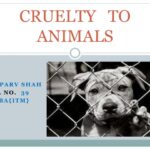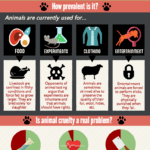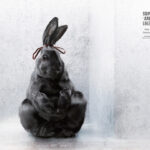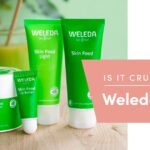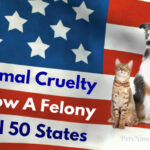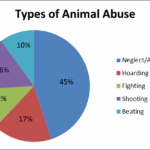Wool has been a staple in the textile industry for centuries, renowned for its durability, warmth, and versatility. As winter approaches, consumers often flock to wool coats, drawn in by their luxurious appeal and the promise of coziness. However, an increasingly pressing question arises: are wool coats ethical? As the consumer landscape shifts towards a more conscientious mindset, it is essential to delve into the implications of wool production practices, exploring the intersection of animal welfare, environmental sustainability, and ethical consumption.
The vast majority of wool produced today originates from sheep, with merino sheep being among the most prominent breeds utilized for their fine fleece. The industry has cultivated a narrative around these animals, showcasing their care and the idyllic farm life they supposedly lead. Yet, beneath this veneer of pastoral bliss lies a complex and often troubling reality that raises ethical concerns about their treatment throughout their lives.
One of the most harrowing aspects of wool production is the practice of mulesing. This procedure involves removing strips of skin from the rear of the sheep to prevent flystrike, a condition where flies lay eggs in the wool, leading to severe suffering. While some producers have transitioned away from this practice, it remains prevalent in many wool-producing countries. The justification often hinges on economic pressures; however, the animal’s welfare is compromised in the name of productivity. Consumers purchasing wool coats should scrutinize the sources of their materials, seeking out brands that commit to mulesing-free wool.
Additionally, the conditions under which sheep are raised can vary dramatically. Large-scale industrial farms often operate with a focus on efficiency over animal welfare. Sheep may be confined in overcrowded and unsanitary environments, exposing them to high-stress conditions. This not only negatively impacts their health but also compromises the quality of the wool produced. Ethical considerations implore consumers to seek out sustainably farmed wool, sourced from farms with humane practices—for instance, pasture-raised sheep that are allowed space to roam freely.
The lifespan and exploitation of sheep within the wool industry also bear scrutiny. After a few seasons of fleece shearing, the production efficiency declines. Typically, sheep are shorn annually; however, after five to seven years, their wool yield diminishes substantially. At this juncture, many are sent to slaughterhouses, often under conditions that are less than humane. The cycle of exploitation perpetuates the notion that animals are mere commodities, leading to serious implications regarding consumer ethics.
Environmental considerations further complicate the narrative surrounding wool coats. The sheep industry bears a significant ecological footprint, primarily due to land use and methane emissions, which contribute to climate change. Untold numbers of acres are designated for grazing, which can lead to soil degradation and loss of biodiversity. For the environmentally conscious consumer, the allure of a warm wool coat may be overshadowed by concerns regarding the sustainability of wool production itself. Alternatives like recycled wool or blends that incorporate sustainable fibers may offer solutions that are both fashionable and easy on the planet.
Investing in ethically produced wool not only supports animal welfare but also aligns with a growing desire for transparency in the fashion industry. More brands are emerging that prioritize ethical sourcing and sustainable practices, making it easier for consumers to make informed decisions. Various certifications exist, such as the Responsible Wool Standard, to guide shoppers toward sustainable choices. Understanding these certifications can empower consumers to play an active role in fostering positive change within the apparel industry.
Moreover, the consumer’s role is paramount in shaping the future of textile sourcing. Prioritizing ethical products shifts market dynamics; with increased demand for humane and sustainable materials, more companies will be compelled to adopt better practices. As public awareness grows, the notion of ‘fast fashion’ is being scrutinized. Wool coats, once perceived as timeless pieces, are now being analyzed through a critical lens, prompting extensive discussions on the broader implications of this market.
In confronting the ethics of wool coats, it is crucial to adopt a multi-faceted approach. This involves considering the animal’s welfare, the environmental consequences of production, and the moral obligation consumers have to engage with ethical brands. The conversation surrounding wool is rapidly evolving, with a rising tide of awareness shaping consumer expectations. Organizations advocating against animal cruelty are amplifying these discussions, calling for more humane and sustainable practices throughout the textile industry.
In conclusion, the question of whether wool coats are ethical cannot be answered with a definitive yes or no. It requires a nuanced understanding of the industry’s complexities and a commitment to animal welfare, sustainability, and ethical consumerism. As more consumers awaken to the realities of wool production, their choices will increasingly reflect a broader societal shift towards compassion and conscience. By choosing wisely, individuals can contribute to a more humane world, where animals are no longer viewed as expendable resources, but rather as sentient beings deserving of respect and care.

